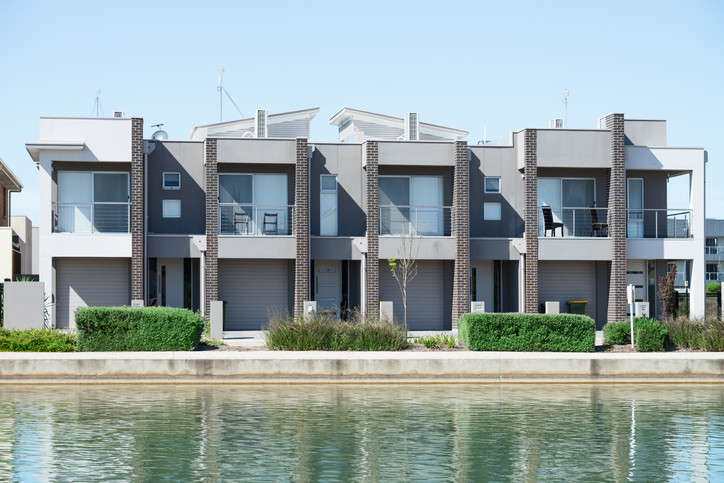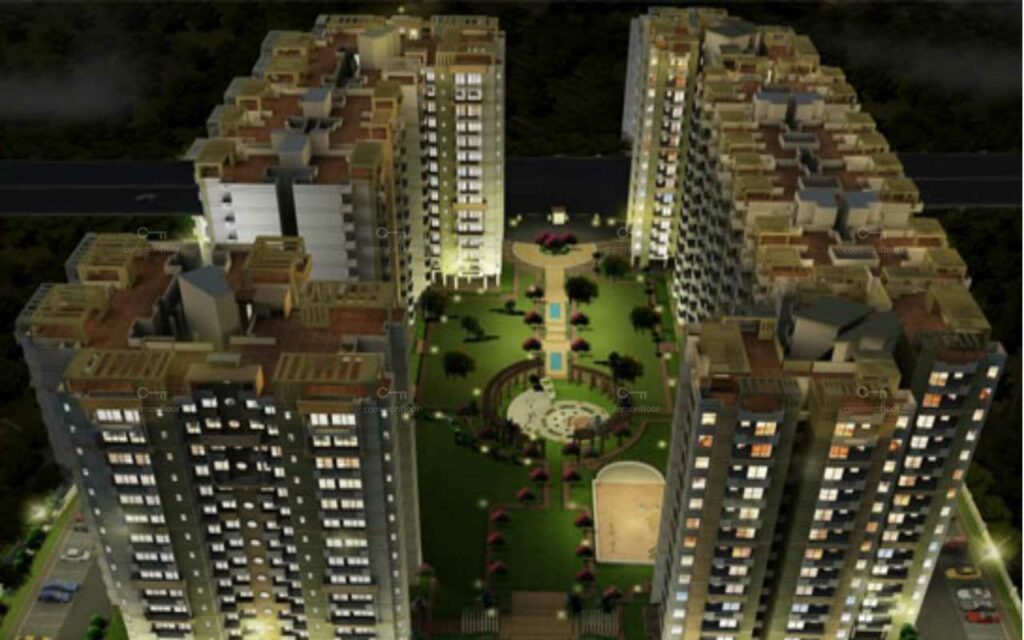In latest years, city landscapes have undergone sizable variations, with a growing call for for housing that balances cutting-edge amenities and community living. Central to this shift is the role of the townhouse developer. These specialists are important in addressing the evolving needs of urban populations even as fostering sustainable and vibrant communities. This article explores the multifaceted duties of townhouse developers, their effect on city environments, and the destiny of townhouse living.
Understanding Townhouse Development
A townhouse is typically a kind of residential building that shares one or extra partitions with neighboring gadgets however has its personal entrance. They regularly characteristic a couple of stories and offer a blend of privacy and network living, making them an attractive option for households, young specialists, and retirees alike. Townhouse developers specialize in the making plans, layout, and construction of these houses, and their paintings is essential in maximizing land use in densely populated areas.
The Developer’s Role
1. Site Selection and Acquisition
The first step for a townhouse developer is figuring out appropriate land. This involves full-size studies to find places that meet zoning requirements, have access to public transportation, and are close to crucial offerings like colleges, parks, and shopping centers. A savvy developer recognizes no longer just the instantaneous potential of a domain, however additionally its destiny increase prospects.

2. Planning and Design
Once a website is obtained, the townhouse developer collaborates with architects and urban planners to design the undertaking. This degree is critical; developers have to stability aesthetic attraction with purposeful layout. Considerations consist of the layout of devices, shared spaces, and the way the improvement interacts with the surrounding network. Sustainable layout practices, which include incorporating green spaces and energy-efficient structures, are getting increasingly vital on this segment.
3. Navigating Regulations
Townhouse developers should navigate a complicated internet of nearby, state, and federal regulations. This includes securing lets in, adhering to building codes, and frequently working with community stakeholders to address concerns. Engaging with local governments and communities early inside the manner can assist streamline approvals and foster goodwill.
4. Financing the Project
Securing financing is one among the biggest demanding situations for townhouse builders. They have to prepare special economic plans, often working with banks and investors to fund the development. Understanding marketplace tendencies and monetary signs is critical for builders to provide feasible funding possibilities.
5. Construction Management

Once financing is secured, the developer oversees the construction process. This entails coordinating with contractors, managing timelines, and making sure first-rate manage. Effective verbal exchange is critical to address any challenges that arise throughout construction, such as deliver chain issues or exertions shortages.
6. Marketing and Sales
After the construction section, the townhouse developer have to market the units to capacity consumers. This includes creating promotional materials, website hosting open houses, and working with actual property sellers. Understanding the goal demographic is vital for effective marketing strategies, making sure that the development draws the proper shoppers.
The Impact of Townhouse Development on Urban Areas
The work of townhouse builders has profound implications for urban residing. Here are some key methods they have an impact on towns:
1. Increasing Housing Supply
As towns grapple with housing shortages, townhouse trends offer much-wished alternatives for residents. By maximizing land use, builders can create a couple of housing devices in areas wherein unmarried-own family houses may have once ruled. This enables to relieve strain on housing markets and can stabilize prices.
2. Promoting Sustainable Living
Many townhouse builders are at the forefront of sustainable building practices. By incorporating energy-efficient designs and materials, they assist lessen the environmental footprint of urban residing. Additionally, townhouses frequently encourage walkability, with facilities placed within a brief distance, decreasing reliance on cars.
3. Fostering Community
Townhouses frequently promote a sense of community among residents. Shared partitions and communal areas can create opportunities for interplay, improving neighborhood cohesion. Developers are more and more designing tasks with communal gardens, playgrounds, and leisure facilities that encourage socializing.
4. Revitalizing Urban Areas
In many towns, townhouse tendencies are revitalizing underused or unnoticed areas. By remodeling vacant masses or antique business sites into colourful residential communities, builders can breathe new life into neighborhoods, attracting new agencies and citizens.
The Future of Townhouse Development
As urban populations grow, so does the demand for innovative housing solutions. Urban developers play an important role in shaping the future of urban living. Here are some trends to watch out for:
1. Smart Home Technology
As technology has become an integral part of everyday life, urban developers are increasingly including smart homes in their designs. It includes energy management, safety features and home appliances that make it easier and more efficient for residents.
2. Mixed-use development
Developers recognize the value of mixed-use buildings, which combine residential, commercial and entertainment areas. These developments create vibrant communities where residents can live, work and play, and make townhome living more appealing.
3. The aging population
The need for housing options for older adults is growing due to an aging population. Urban developers are starting to build housing that is affordable and includes amenities that are attractive to retirees, such as one-bedroom apartments and nearby health care facilities
4. Emphasis on green areas
As cities become denser, the demand for green spaces increases. Urban developers are likely to prioritize parks and recreational areas in their projects, recognizing the importance of outdoor spaces for residents’ mental and physical well-being.
Conclusion
Urban builders are not just architects; They are visionaries shaping the future of city living. By addressing housing shortages, encouraging sustainable development, and improving neighborhoods, they play a key role in transforming cities into livable, vibrant places Period looking to the future, the continued development of urban housing will be key to meeting urban needs








